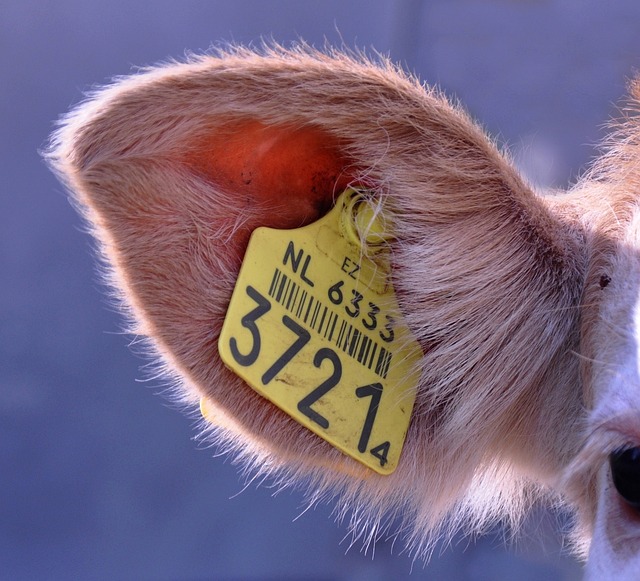Skin tags, benign growths caused by friction, hormonal shifts, and genetics, can be removed in Liverpool through various safe methods by skilled dermatologists. These include snipping, cryotherapy, and laser treatments. Local experts offer personalized advice based on size, location, and number of tags, prioritizing safety and efficacy with modern equipment. Post-removal care involves keeping areas clean, avoiding touching, and monitoring for infections; immediate results are common, with full healing taking up to two weeks.
Looking to get rid of skin tags in Liverpool? This guide provides a comprehensive overview of the process, focusing on Liverpool tag removal techniques, causes, and appearance in adults. We explore various methods available, ensuring you understand the procedure and what to expect during recovery. From understanding these benign growths to post-removal care, this article is your one-stop resource for informed decisions regarding Liverpool tag removal.
- Understanding Skin Tags: Causes and Appearance in Adults
- Liverpool Tag Removal: Available Methods and Procedures
- Recovery and Aftercare: What to Expect Post-Removal
Understanding Skin Tags: Causes and Appearance in Adults
Skin tags, also known as acrochordons, are small, soft skin growths that typically appear in areas where skin rubs against itself, such as the neck, armpits, and groin. In adults, they often develop due to a combination of genetic predisposition, hormonal changes, and increased age. While they are generally harmless, some individuals may find them unsightly or uncomfortable.
In Liverpool Tag Removal services, qualified dermatologists or medical professionals use various methods to safely and effectively eliminate these skin tags. These procedures range from simple snip-and-bandage techniques using local anaesthesia to more advanced methods like cryotherapy (freezing) or laser treatments. The chosen method depends on the size, number, and location of the skin tags, ensuring a tailored approach for optimal results.
Liverpool Tag Removal: Available Methods and Procedures
In Liverpool, individuals seeking to remove skin tags have several effective methods at their disposal. The most common procedures include cryosurgery, where a liquid nitrogen probe is used to freeze and destroy the tag, and surgical excision, involving a minor procedure to cut out the tag. Laser treatments are another popular option, targeting the blood vessels within the skin tag for removal.
Each method has its own advantages and may be recommended based on the size, location, and number of skin tags present. Experts in Liverpool Tag Removal can provide tailored advice, ensuring patients receive the most suitable treatment for their needs. Safety and efficacy are paramount, with modern equipment and sterile environments guaranteeing positive outcomes while minimising discomfort or downtime.
Recovery and Aftercare: What to Expect Post-Removal
After Liverpool Tag Removal procedures, it’s important to understand the recovery process and necessary aftercare steps for optimal results. Typically, skin tags removal in adults takes just a few minutes per tag, and most patients experience minimal discomfort during the procedure. Post-removal, you can expect some redness, swelling, or mild irritation at the treatment site(s), which is a natural part of the healing process.
In the days following Liverpool Tag Removal, keep the treated areas clean and dry to prevent infection. You may be advised to apply a mild antiseptic cream or use over-the-counter pain relievers for any discomfort. It’s crucial to avoid scratching or touching the treatment sites, as this can disrupt the healing process. Most skin tags removal procedures yield immediate results, but it may take up to two weeks for complete healing, during which time you should monitor the area for any signs of infection or unusual symptoms.
Skin tags can be a source of discomfort or aesthetic concern for many adults. In Liverpool, various effective methods are available for their removal, each with its own procedure and recovery process. Understanding these options, from surgical excision to non-invasive treatments, empowers individuals to make informed decisions about their skin health. Remember, proper aftercare is vital for a successful recovery after any Liverpool tag removal procedure.
